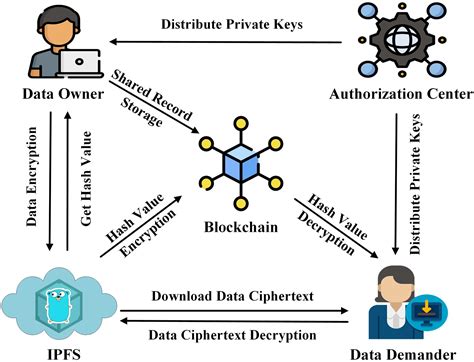The Ethereum Block Reward: A Closer Look at its Source and Issuance
The largest and most popular cryptocurrencies, Ethereum has been fascinating investors and researchers alike with its intricate mechanics. One aspect that has sparked curiosity is the block reward mechanism, specifically whether it comes from a bitcoin treasury or if there’s another, more complex process at play.
The Block Reward Mechanism
In ethereum, every 2016 blocks (approximately two weeks), the miner who added the most valuable content to the blockchain gets rewarded with a certain number of new ether tokens (ETH) and sometimes other cryptocurrencies like Dash, Litecoin, or Bitcoin Cash. This reward is known as the Block Reward.
Is it a Bitcoin Treasury?
So, does Ethereum’s Block Reward come from a bitcoin Treasury? The answer is no. “Ethereum Gas,”
(BTC). Consensus algorithm, where miners competed to have competed to solve complex mathematical puzzles in exchange for the right to add new blocks to the blockchain and validate transactions.
The Coinbase Transaction
To receive his reward, a miner must first deposit it into their “coinbase” account. “Coinbase Transaction,” which is essentially a payment from the Ethereum network to the Miner’s Wallet. The 12.5 eth received by each miner are added as a deposit to their coinbase account.
How do miners receive their reward?

Here’s What Happens Next:
1.
2.
3.
4.
Conclusion
In Instead, miners receive their rewards in eth through coinbase transactions. The process may seer complex, but it provides a secure and transparent way to distribute the block reward among all participants on the Ethereum Network.
Additional Facts
*
- As the Network Grows in size and complexity, the Ethereum Gas Price may fluctuate accordingly.
Ethereum’s Block Reward Mechanism Works, including its source and issue process. While it may seer complex, this intricate system is essential to grass the underlying mechanics of the Ethereum network.